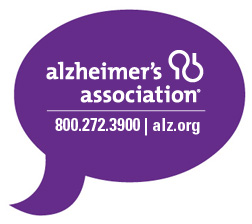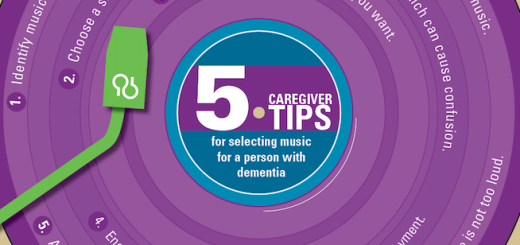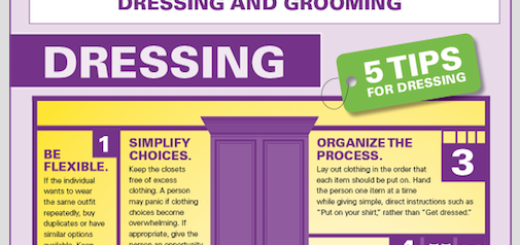How to manage wandering – Plus a movement to enact Silver Alert in CA
 As we continue our National Caregivers Month topic of safety, I would be remiss if I didn’t mention one of the most common safety issues for families with Alzheimer’s: Wandering.
As we continue our National Caregivers Month topic of safety, I would be remiss if I didn’t mention one of the most common safety issues for families with Alzheimer’s: Wandering.
Alzheimer’s disease destroys brain cells responsible for memory, thinking and behavior. As a result, people living with Alzheimer’s may become disoriented and lost, even in their own neighborhood or places that are familiar to them – this is known as wandering. Due to confusion, individuals with Alzheimer’s who wander are often unable to ask for help, leaving them vulnerable to weather, traffic and those who prey on the less fortunate.
More than 60 percent of those with Alzheimer’s or another form of dementia will wander, and if a person is not found within 24 hours, up to half of individuals who wander will suffer serious injury or death. Here’s a great article from the Sacramento Bee about a new movement in California to enact Silver Alert, which may help find our wandering loved ones: Senior advocates call for Silver Alert system for Alzheimer’s wanderers
A person with dementia may be at risk for wandering if he or she:
- Comes back from a regular walk or drive later than usual
- Tries to fulfill former obligations, such as going to work
- Tries or wants to “go home” even when at home
- Is restless, paces or makes repetitive movements
- Has a hard time locating familiar places like the bathroom, bedroom or dining room
- Acts as if doing a hobby or chore, but nothing gets done (moves around pots and dirt without actually planting anything)
- Acts nervous or anxious in crowded areas, such as shopping malls or restaurants
If you live with or care for a person with dementia, here are a few tips to help you reduce the risk of wandering:
- Move around and exercise to reduce anxiety, agitation and restlessness
- Ensure all basic needs are met (toileting, nutrition, thirst)
- Carry out daily activities, such as folding laundry or preparing dinner, to provide daily structure
- Reassure the person if he or he feels lost, abandoned or disoriented
- Avoid busy places that are confusing and can cause disorientation, such as shopping malls
- Place deadbolts either high or low on exterior doors
- Control access to car keys (a person with dementia may not just wander by foot)
- Do not leave someone with dementia unsupervised in new surroundings
The Alzheimer’s Association encourages individuals and families coping with wandering to enroll in MedicAlert + Alzheimer’s Association Safe Return®, a nationwide identification program designed to assist in the return of those who wander and become lost.
Families seeking a more technologically advanced and robust program may consider enrolling in a new Alzheimer’s Association tool known as Comfort Zone. Family members can have knowledge of a person’s location, while individuals with Alzheimer’s can enjoy the emotional security of familiar routines and surroundings.
For more information about Comfort Zone, Medic Alert + Alzheimer’s Association Safe Return or additional tips on coping with wandering and other safety issues related to dementia and Alzheimer’s disease, visit www.alz.org/safety or call the Association’s 24/7 Helpline at 1.800.272.3900.
Don’t forget to share your experiences here, on our Facebook page or at www.alz.org/nadam. We want to hear from you!


















This wristwatch I saw online called Keruvee Family Direct looks pretty good for wandering patients. I mean, they put on the watch, can´t take it off and if they wander off or go too far you can locate them and know exactly where to find them. There are other devices just like it, but I think this one has real class to it.